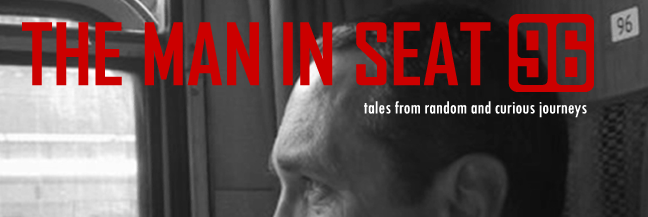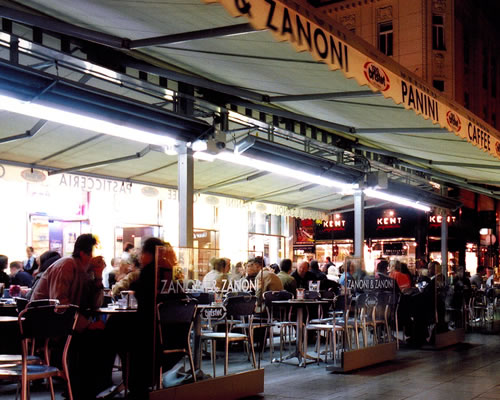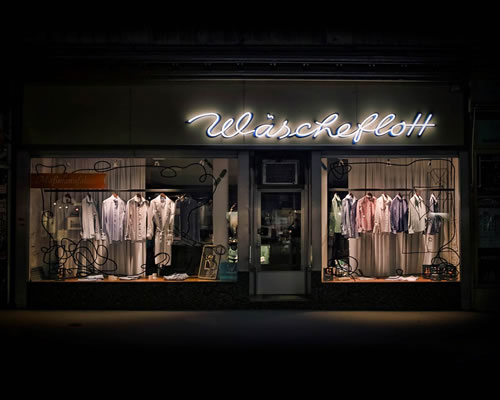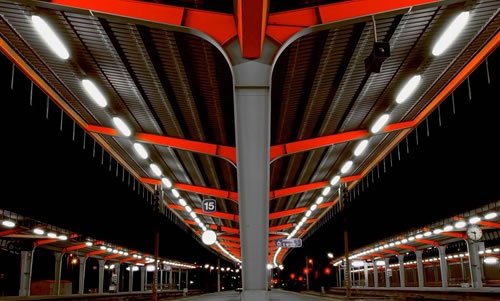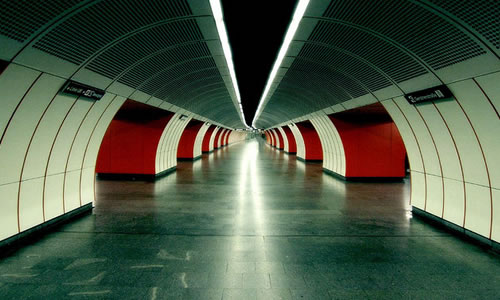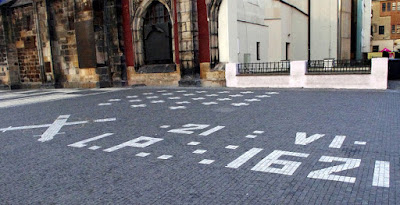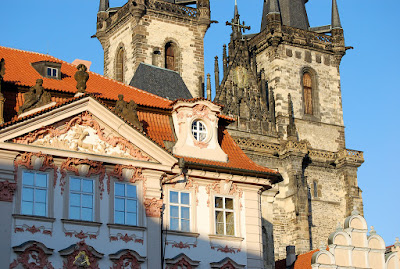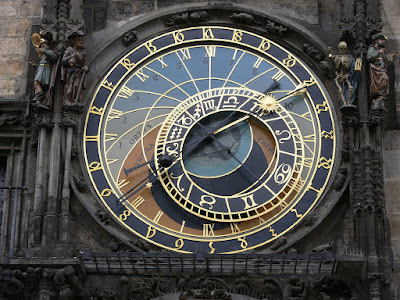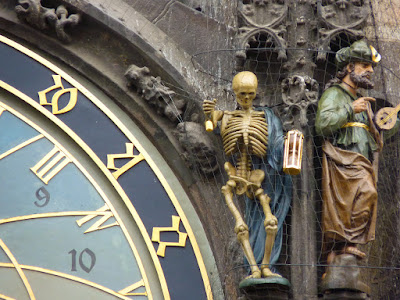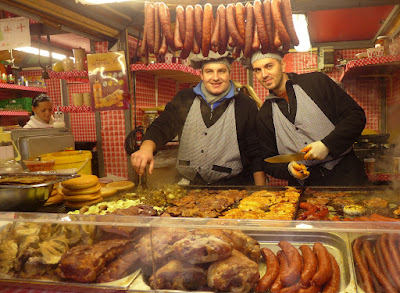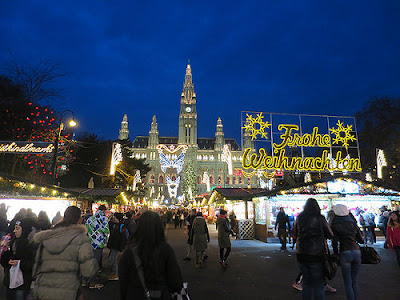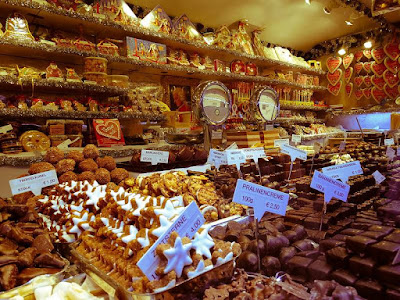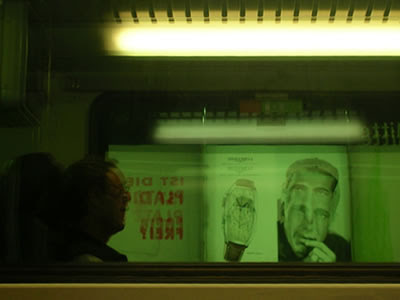Wien's sidewalk cafes at night -- special, beyond words.
Monday, April 10, 2017
Wednesday, February 8, 2017
Sunday, February 5, 2017
Wednesday, February 1, 2017
Faux Tilt Shifts Bratislava
Since it's looking like I won't be traveling in 2017, I decided to reminisce a bit with Photoshop and images from past travels. Here are a couple of faux tilt shifts (a miniature looking image effect), taking advantage of images from a recent nice day out in Bratislava. The first image is from the New Bridge on the north bank side of the Danube River, looking east. The second image is from the observation deck of the bridge's suspension tower on the Danube's south bank, the view into into neighboring Hungary.
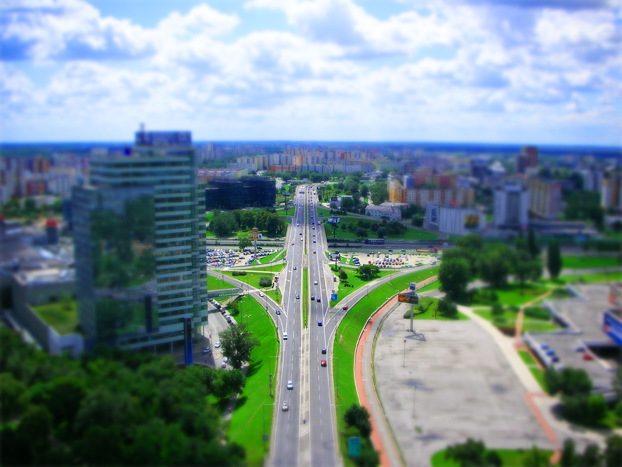

Monday, January 25, 2016
Charles Bridge
My latest visit to Prague was mostly spent indoors as I was forced to plan my activities carefully, to avoid prolonged exposure to the ever present ice cold wind.
I made one exception, which was to linger on and around Charles Bridge (Karlův most), an exquisite example of medieval architecture. For centuries, as the only bridge which crossed the Vltava River in Prague, it is still guarded by three bridge towers, two of them of Romanesque influence on the Lesser Quarter side, the third a magnificent Gothic tower on the old town side.

If one is aware of the history of the bridge, it is a unique experience to pause and examine the Gothic tower close up, noting the coats of arms of the countries governed during the reign of Charles IV, as well as the statues of St. Vitus, Charles IV, Wenceslas IV, St. Vojtech (Adalbert) and Sigmund. It is here, if one can imagine a scene from 1621, that 27 severed heads belonging to noble leaders of what is known as the Bohemian Revolt, were displayed as a reminder of the consequence of armed opposition to authority. The executions took place only a short distance away in the Old Town Square, on what is referred to by the Czechs as their "Day of Blood" -- one can find their memorial in brick there. This was a key moment in the Thirty Years War (1618-1648), which led to the Peace of Westphalia and the beginning of our modern international political system.
Today, between the towers, the bridge is adorned with 30 Baroque style statues (with a few exceptions), originally erected in the 1700s, now all replaced by replicas. It is remarkable this bridge has survived numerous floods, erosion, battles, and progress -- a venue for public transportation from horse and electric trams, to bus and other vehicular traffic. Since its last restoration began in 1965, the bridge has remained a pedestrian venue.
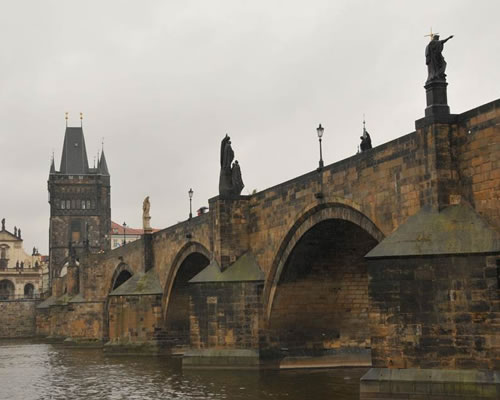


If one is aware of the history of the bridge, it is a unique experience to pause and examine the Gothic tower close up, noting the coats of arms of the countries governed during the reign of Charles IV, as well as the statues of St. Vitus, Charles IV, Wenceslas IV, St. Vojtech (Adalbert) and Sigmund. It is here, if one can imagine a scene from 1621, that 27 severed heads belonging to noble leaders of what is known as the Bohemian Revolt, were displayed as a reminder of the consequence of armed opposition to authority. The executions took place only a short distance away in the Old Town Square, on what is referred to by the Czechs as their "Day of Blood" -- one can find their memorial in brick there. This was a key moment in the Thirty Years War (1618-1648), which led to the Peace of Westphalia and the beginning of our modern international political system.
Today, between the towers, the bridge is adorned with 30 Baroque style statues (with a few exceptions), originally erected in the 1700s, now all replaced by replicas. It is remarkable this bridge has survived numerous floods, erosion, battles, and progress -- a venue for public transportation from horse and electric trams, to bus and other vehicular traffic. Since its last restoration began in 1965, the bridge has remained a pedestrian venue.


Thursday, December 10, 2015
The Orloj
Prague (Praha) is often referred to as the "Golden City" or the "City of a 100 Spires". Certainly, it is a city full of unique sites, from a range of eras. I was instantly drawn to the Gothic charm and prowess resident on both sides of the Vltava River, elegantly connected by Charles' Bridge. Against historic odds, Prague has somehow been able to preserve certain exquisite examples of its medieval past. In particular, its clock tower is a sight to behold.
Prague’s Astronomical Clock (Pražský orloj) is one of these unique medieval survivors. A prominent feature of Prague’s old centrum, a tower clock on the southern side of the Old Town Hall, it is one of the oldest of its kind. The first one appeared in Padua (1344), followed by second in Strasbourg (1354). And the Orloj is the oldest of those with functioning original clockworks -- most European medieval tower clock mechanisms have been replaced with modern, often electric, clockworks. Not only has the Orloj's clockworks functioned for over 600 years, the astronomical dial, shaped in the form of an astrolabe, survives in its original form.
Prague’s Tower Clock is composed of three parts. The first part is the astronomical dial (1410), representing various astronomical details such as the Sun and the Moon -- designed by clockmaker Mikuláš of Kadaň and Charles University astronomy and mathematics professor Jan Šindel. Originally, this was a monument to the science of astronomy, meant to mirror the movement of celestial bodies. Two nearby sundials, removed in 1911, were used to crosscheck the sun's actual position with the dial. Added later in several stages, beginning in the later part of the 15th century, are an hourly clockwork parade of various sculptures, to include the Apostles, and a calendar dial. The lone tower housing the Orloj was erected in 1381.
There are many legends surrounding the Orloj. The more prominent one centers on the Orloj’s original master clockmaker. Local generations have passed on a tale which vividly describes how the city fathers gouged out the clockmaker's eyes with a hot poker. So jealous were they of the Orloj, they were hard set to prevent him from building another similar masterpiece in a rival city. In retaliation, the now blind clockmaker damaged his creation beyond repair, with the aid of his loyal apprentice. Those who later tried to fix it were said to have either gone wildly mad or died -- tragically and cursed.
There are several other minor tales about the clock. One declares the Skeleton sculpture possesses fortune-telling powers. Another one notes that if the clock is left damaged for too long, hard times will fall upon the Czechs. And if a young man and woman together witness the clock striking on the hour, they are destined to marry.
In reality, all stories aside, the clock simply has not been very reliable. The Orloj has stopped working many times throughout the centuries, whether due to damage or neglect, the lack of competent technical skill or funds to conduct repairs. And the Orloj suffered heavy damage during the Prague Uprising (May 1945). German forces unleashed an artillery barrage upon the old city square -- the Old Town Hall and nearby buildings burned along with the Orloj’s wooden sculptures and the calendar dial face. By 1948, the clock was repaired, functioning again, with the wooden Apostles restored.
Yes, Prague has repeatedly managed to save its clock tower.
Saturday, December 5, 2015
Vianočný Trh, Bratislava

Tuesday, December 1, 2015
Weihnachtsmärkte Wien
Europe's Christmas markets are well worth experiencing. I'm tempted to list what I consider the best, say of five, maybe ten. But the more that I've pondered this approach, the more I am convinced that each is unique enough to simply to invite you to the nearest one.
Vienna's was my first. I noticed from a distance that its City Hall (Rathaus) was literally a giant Advent calendar, with corresponding numbered windows -- curtained. Beginning on the the 1st of December, the appropriate covering is removed, revealing a Christmas scene. This obviously continues until the 24th -- I could see the centrally located "24". I had to move in for a closer look. I discovered that this Christkindlmarkt is the larger, more commercial of Vienna's numerous Christmas markets.
Yes, there are more -- many more.
Yes, there are more -- many more.
Saturday, October 31, 2015
Friday, October 30, 2015
Wien Architecture (1)
Common period architecture, often viewed in Central Europe, this nice example in Wien's centrum.

I think I could manage with a bit of Baroque.
Subscribe to:
Posts (Atom)
